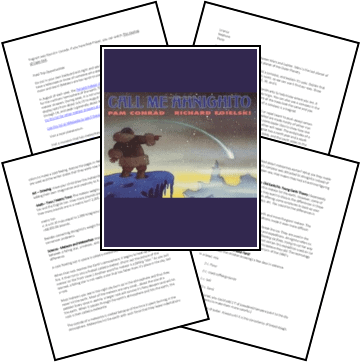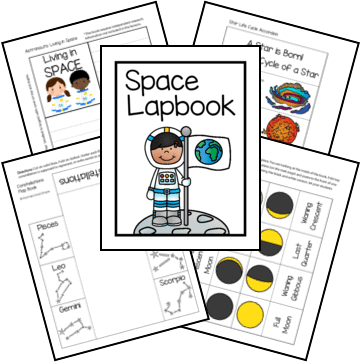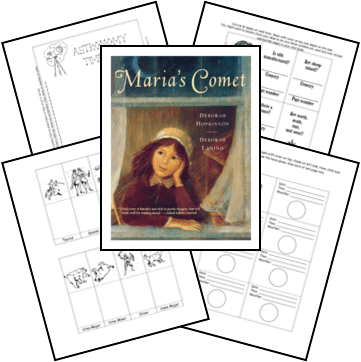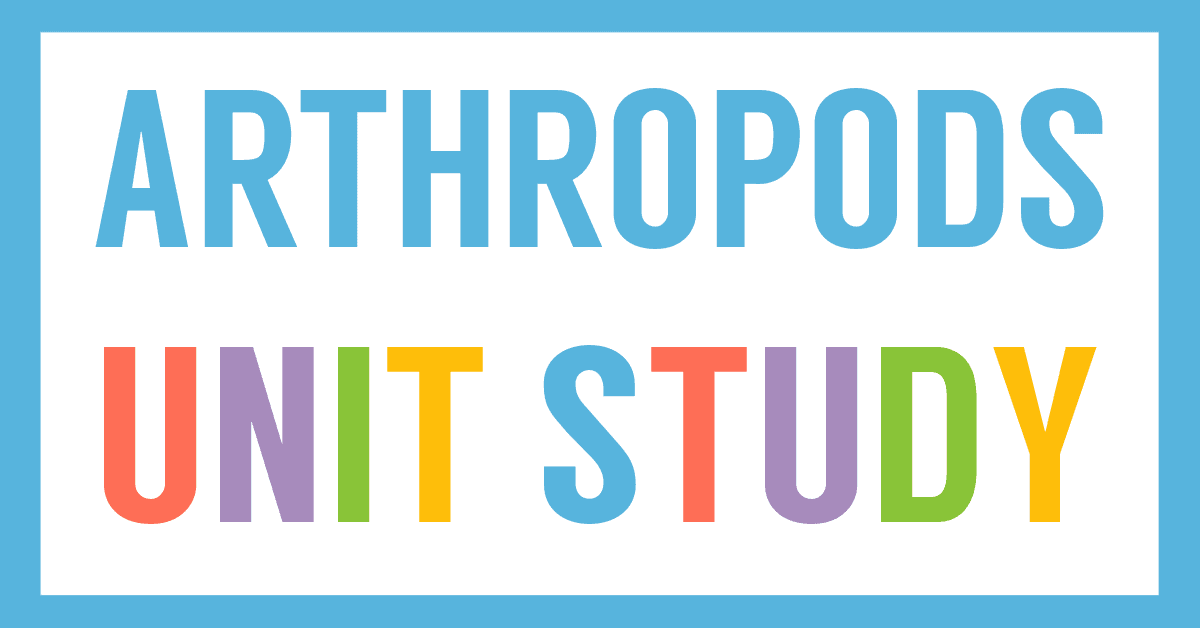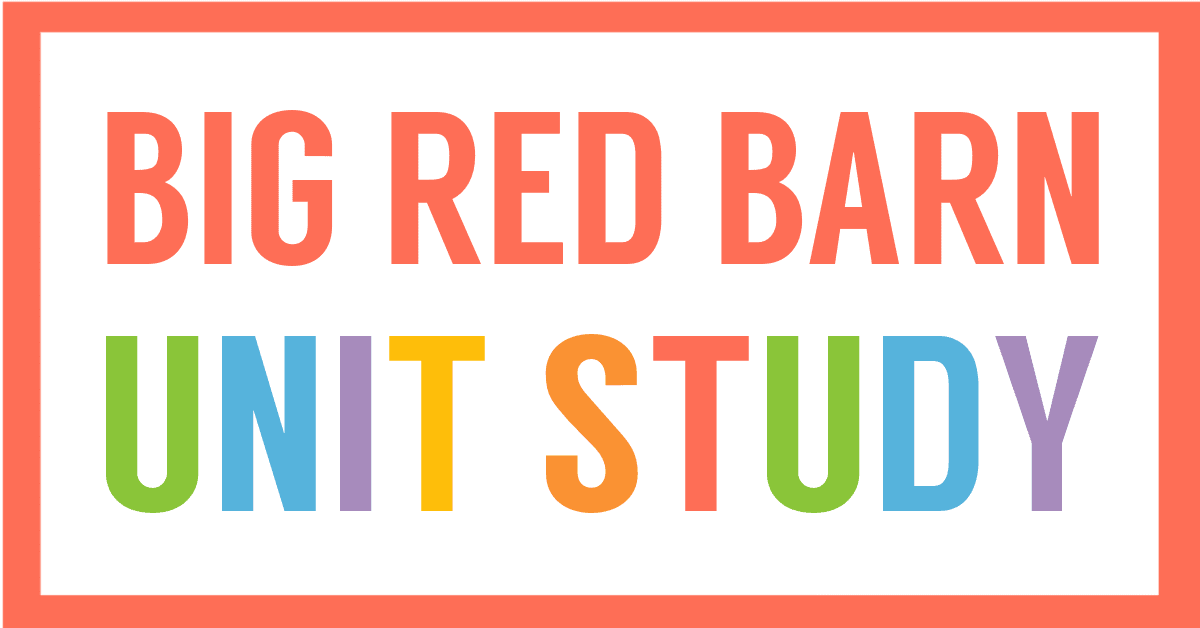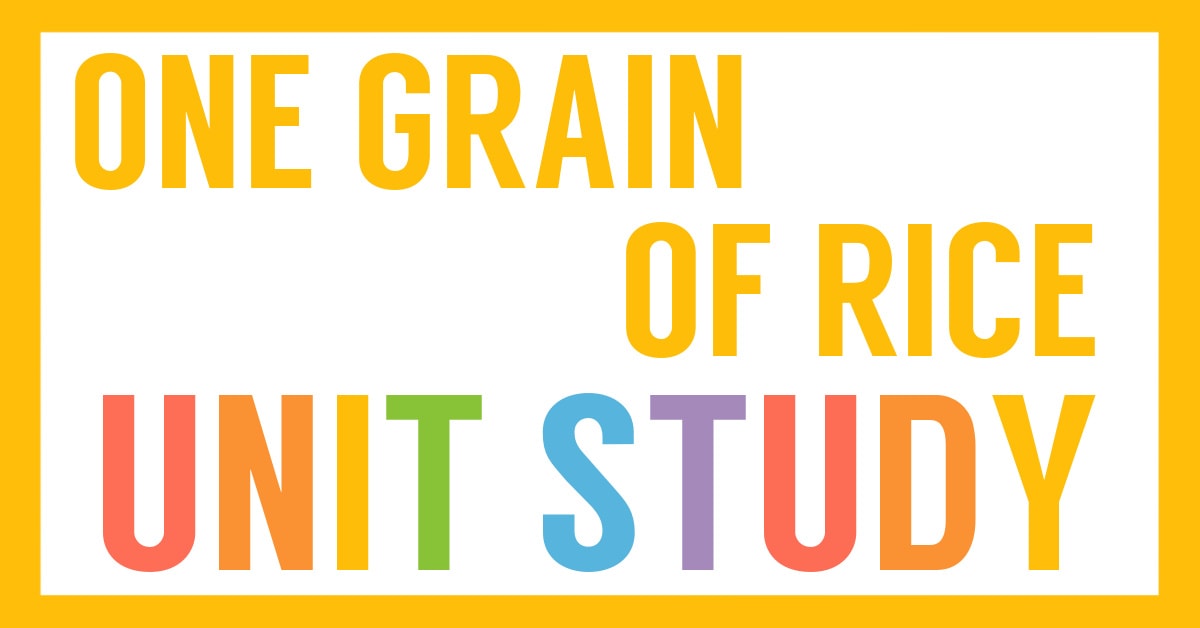Affiliate Disclaimer
We sometimes use affiliate links in our content. This won’t cost you anything, but it helps us to keep the site running. Thanks for your support.
This unit study includes lessons and activities based on the book Call Me Ahnighito by Pam Conrad.
In 1894, Robert Peary’s explorers discovered a car-sized meteorite in Greenland and hauled it off to New York’s American Museum of Natural History.
An intriguing story if conventionally told, but Conrad makes it unforgettable by choosing the meteorite itself to be the narrator.
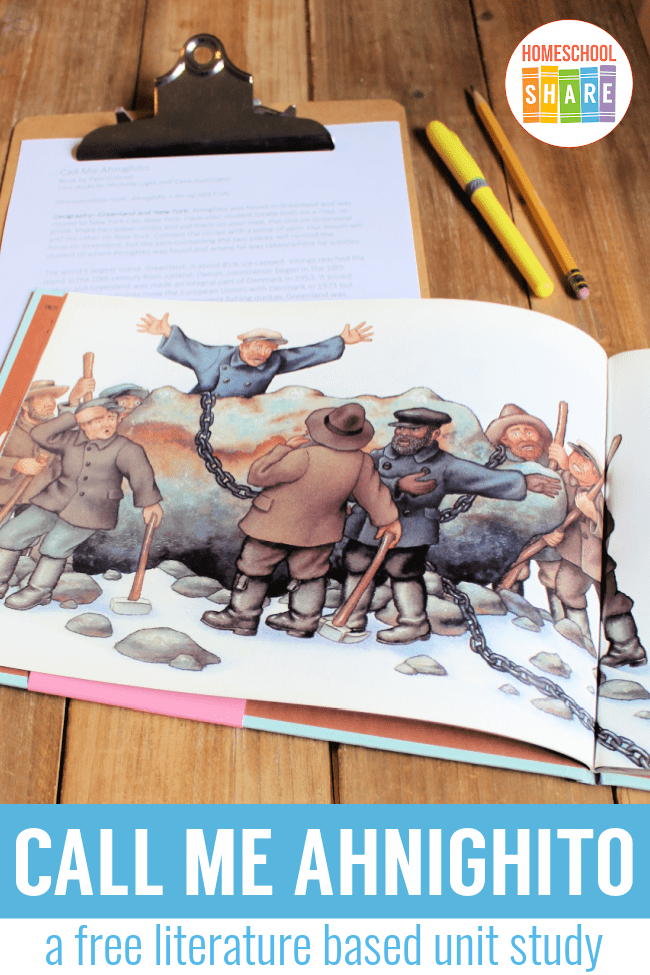
Thanks to Celia Hartmann and Michelle Light for preparing this Call Me Ahnighito unit study.
Call Me Ahnighito Unit Study Lessons
Here is a sample of the lessons found in this Call Me Ahnighito unit study:
Science: Meteors and Meteorites
Many people do not know the difference between a falling star, a meteor, and a meteorite (or even if is there any difference).
A rock floating out in space is called a meteoroid.
When that rock reaches the Earth’s atmosphere, it begins to heat up and catch fire. It then turns into a fireball called a meteor. (Point out the picture of the meteor on the front cover.) Another word for meteor is a falling “star.” As you just learned, a falling star is not really a star that has fallen from its place in the sky, but a rock.
Most meteors you see in the night sky burn up in the atmosphere and thus they never hit the earth. Most of the meteors are very small…about the size of a pebble! Every once in a while, a larger rock will survive its fiery descent and will hit the earth. When it passes through the earth’s atmosphere and hits the earth, the rock is then called a meteorite.
The outside of a meteorite is melted because of the time it spent burning in the atmosphere. Meteorites hit the earth with such force that they leave indentations in the earth, called craters. The larger the meteorite, the larger the crater.
Many meteorites are broken off bits of asteroids and are mostly made of iron and nickel. Asteroids are large rocks that orbit around a star (like the Earth orbits around its star the Sun, only asteroids are much smaller than planets.)
Geography: Greenland and New York
Ahnighito was found in Greenland and was moved to New York City, New York. Have your student locate both on a map, or globe. Make two paper circles and put them on your map. Put one on Greenland and the other on New York. Connect the circles with a piece of yarn. Our lesson will focus on Greenland, but the yarn connecting the two places will remind the student of where Ahnighito was found and where he was taken/where he is today.
The world’s largest island, Greenland, is about 81% ice-capped. Vikings reached the island in the 10th century from Iceland; Danish colonization began in the 18th century and Greenland was made an integral part of Denmark in 1953. It joined the European Community (now the European Union) with Denmark in 1973 but withdrew in 1985 over a dispute over stringent fishing quotas. Greenland was granted self-government in 1979 by the Danish parliament. The law went into effect the following year.
You can grab a copy of the entire Call Me Ahnighito unit study in an easy-to-print file at the end of this post.
How to Get Started with the Call Me Ahnighito Unit Study
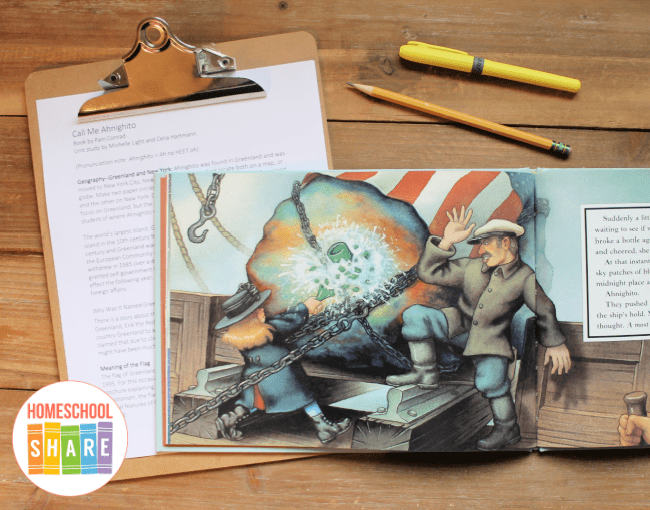
Follow these simple instructions to get started with the Call Me Ahnighito unit study:
- Buy a copy of the book, Call Me Ahnighito, or grab one from your local library.
- Print the Call Me Ahnighito unit study.
- Choose the lessons you want to use with your student (a highlighter works great for this).
- Enjoy a week of book-based learning with your student.
Download Your Free Call Me Ahnighito Unit Study
Simply click on the image below to grab the free Call Me Ahnighito unit study.
Explore Other Space Related Resources
Our Space Lapbook includes lessons on planets, stars, the sun, the moon, and more! Your budding astronomer will love it.

